From Gua Sha to Gut Health, Here’s How to Expand Your Beauty Line Without Breaking Compliance or Brand Consistency.
Let’s stir up some magic in the lab! Today’s hot topic is all about adding merch to your line without losing your brand’s ethos.
You’ve built a solid skincare brand. Your customers love your serums, your emails are getting opened, and the feedback is glowing. But now you’re asking yourself: What’s next?
Should you launch a Gua Sha tool? A branded robe? Maybe a collagen booster or adaptogen powder?
Strategic diversification can be a powerful way to grow. It can increase your average order value (AOV), deepen customer loyalty, and open up new revenue streams. But if done without a clear plan, it can also backfire. Let’s explore how to diversify your skincare line thoughtfully and successfully.
Why Diversify at All?
When done right, diversification can transform your brand from a single product into a whole ecosystem. By adding complementary tools, merch, or even supplements, you’re inviting your customer to experience your brand in a fuller, more immersive way.
For example, a simple addition like a facial roller can encourage bundling, pairing it with a serum to enhance product experience. Merchandise like robes or candles build brand recognition and give your customers an emotional connection to your brand. And the right supplement can speak volumes about your brand philosophy, whether it’s holistic wellness or science-backed skincare.
Diversifying also helps protect against seasonal dips in sales. Offering evergreen or giftable items can stabilize cash flow and reduce reliance on a single hero product.
When Not to Diversify
It’s important to remember that diversification isn’t a must-do. Timing matters. If your core line isn’t stable, if you’re still ironing out supply chain issues, or if your brand identity feels unclear, then now might not be the time to expand.
Ensure your hero products are performing well and your backend systems are solid before taking the next step.
Beauty Tools: Functional and Flexible
Beauty tools like Gua Sha stones, facial rollers, LED masks, and cleansing brushes are popular add-ons for skincare brands. They’re relatively low in regulatory burden and often have high margins.
These tools enhance the use of your core products, are easy to white-label, and work well in bundles or gift sets. But be cautious: poor quality can lead to returns and negative reviews, and some claims like “boosts collagen production” may land you in regulatory trouble.
As long as the tools aren’t electric or invasive, in the EU they’re usually covered under General Product Safety Regulation (GPSR), not cosmetic or medical device laws.
Merch & Lifestyle Goods: Build the Brand Experience
Think skincare headbands, branded robes, tote bags, candles, and mugs. While these don’t directly improve skin health, they help tell your brand story.
Merch is great for rewards, influencer partnerships, and brand community building. However, margins can be slim, and if your merch doesn’t align with your brand’s aesthetic, it can confuse rather than connect.
Always ensure the lifestyle goods you offer reflect your customer’s world. A spa-inspired brand offering soft robes and aromatherapy candles? That makes sense. A minimalist skincare line selling neon mugs? Maybe not so much.
Supplements: Powerful but Regulated
Supplements are an exciting but complex category. Collagen powders, adaptogens, and probiotics are in high demand, but formulating and selling them comes with strict regulatory responsibilities.
The upside? They’re replenishable, often high-margin, and tap into the rising demand for beauty-from-within solutions. But be prepared to navigate food safety laws, avoid unapproved health claims, and work with experienced supplements formulators.
In the EU, supplements fall under food law. You’ll need EFSA-compliant claims, allergen declarations, and proper batch labelling. It’s doable—but not beginner-friendly. Collaborate with a food regulatory consultant if you’re going down this path.
How to Know What Fits Your Brand
When deciding whether to expand into a new category, ask yourself:
- Does this addition extend or dilute our brand promise?
- Is there a natural link in the customer journey?
- Can we execute this well—and compliantly?
For example, a serum followed by a jade roller feels intuitive. A brightening cream followed by a glow drink can be a seamless transition. But a random merch drop that doesn’t align with your ethos? That could confuse your audience.
Planning Your Diversification Strategy
Follow this simple 4-step framework:
- Choose Your Goal: Are you aiming to boost AOV, reach new audiences, or reinforce your message?
- Audit Your Current Line: What’s missing from the customer experience?
- Select One Complementary Category: Keep it simple. Focus on cohesion.
- Choose Your Model: White label, drop-ship, or custom manufacturing?
A great way to test is by launching limited edition bundles before committing to full-scale production.
Indie Brands Doing It Right
Let’s take a look at some real-world examples from bigger beauty players who’ve diversified smartly:
1. Summer Fridays
Originally launched with just one product, their now-iconic Jet Lag Mask. Rather than jumping into makeup or merch, they stayed close to their skin-first identity. They expanded into complementary textures: serums, lip balms, SPF. Then, once their story was firmly established, they introduced a soothing candle that reflected their clean, minimalist aesthetic. It wasn’t random. It was ritual.
2. Glow Recipe
Famous for their fruit-forward skincare, Glow Recipe stayed on-brand when they launched sleep sets with branded eye masks and silk pillowcases. Their expansion was sensorial, skincare-adjacent, and made to support their nighttime routines, without stepping outside their visual or sensory language.
3. The Ordinary
When The Ordinary branched into scalp treatments and even sunscreen, it wasn’t out of left field. It was based on ingredient logic. Niacinamide for face? Of course there’s a niacinamide-based body serum now. Their expansion was scientific, linear, and made sense for a customer who already trusted them with actives.
4. Herbivore Botanicals
Their step into body oils, bath soaks, and even gemstone facial tools was seamless. Why? Because they’re rooted in sensorial, self-care luxury. Whether it’s a rose quartz tool or a coconut milk soak, it fits their brand promise of indulgent, natural wellness.
That’s the kind of cohesion your brand should aim for, whether you’re big, small, or just beginning.
Before ending this blog post, I’ll leave you with my final thoughts:
Diversification isn’t about adding more for the sake of it. It’s about deepening the customer experience and reinforcing your brand’s identity. When done with intention and strategy, it can:
- Elevate your story
- Strengthen loyalty
- Open profitable new channels
But the key is clarity, quality, and compliance. Expand with purpose. Diversify with care. And always stay rooted in why your brand exists.
Here’s to formulas that work and brands that thrive!
From My Lab to Yours,
Rose
Want Help Planning Your Next Product Move?
Whether you’re considering accessories, wellness blends, or a custom new category, we’re here to help you map it strategically and execute it beautifully.
👉 Book a brand consult or download our Cosmetic Business Secrets e-book to build a line that grows with your customer—not away from them.
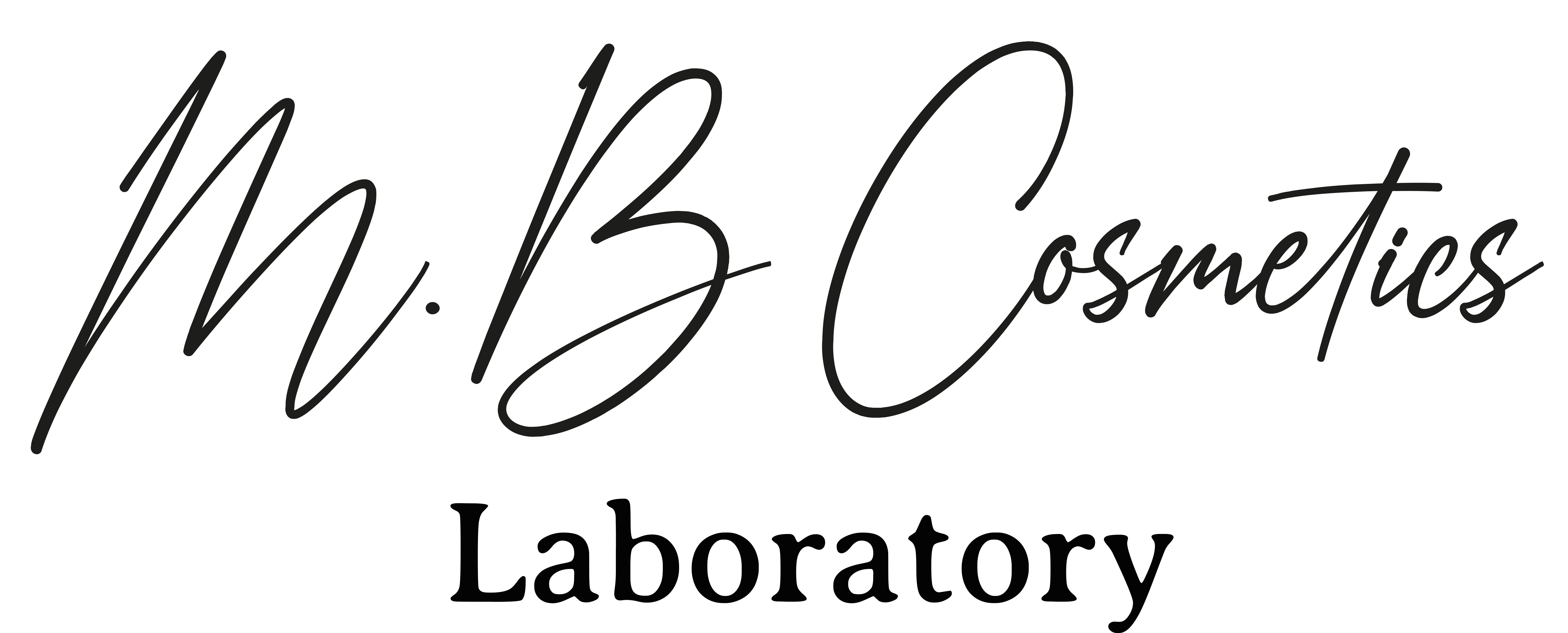
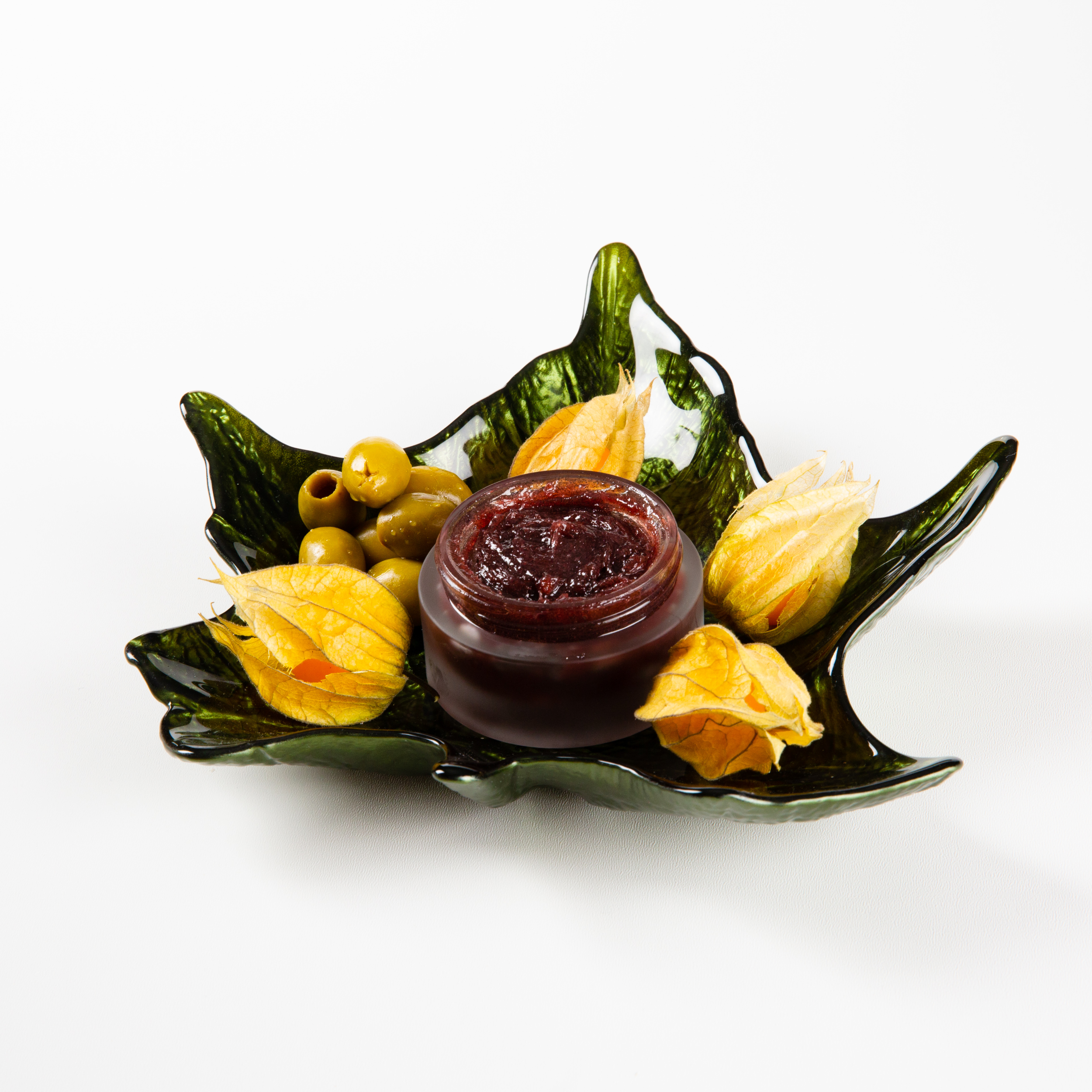
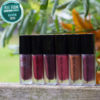


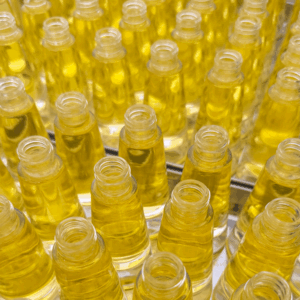
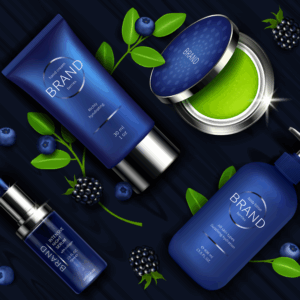


Add comment